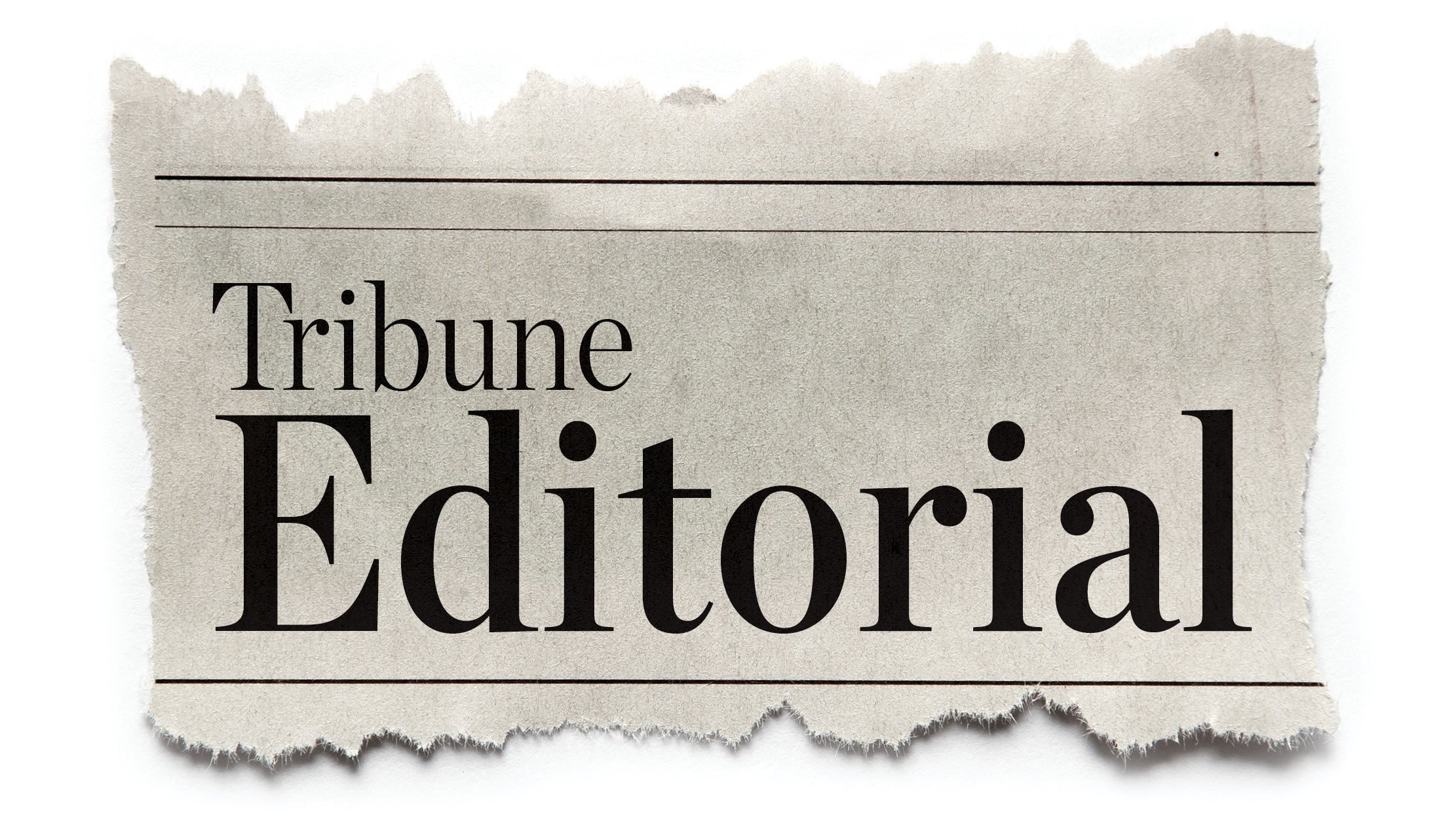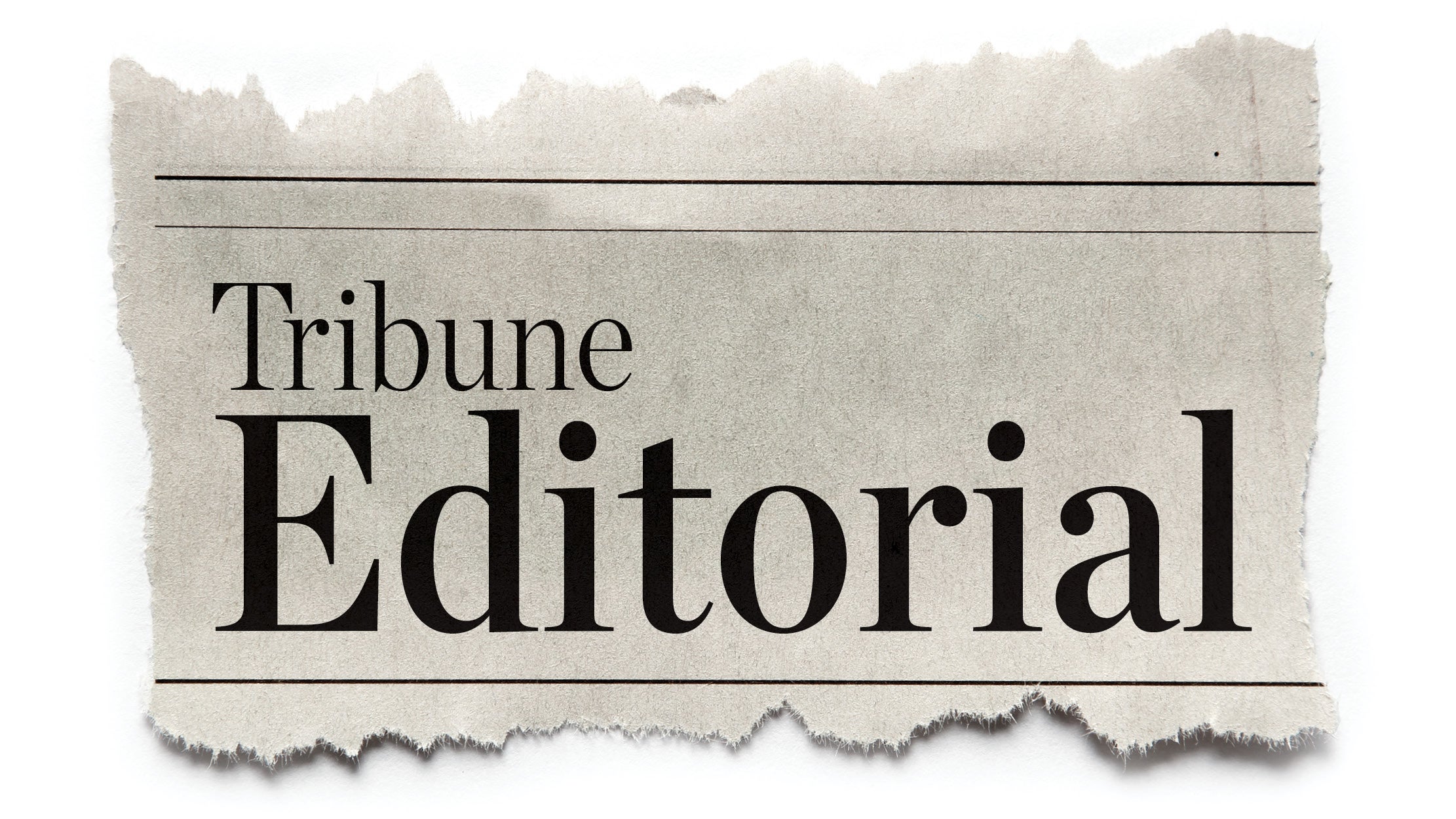Raise the minimum wage now
Published 8:12 am Tuesday, January 7, 2020
Opponents of minimum-wage laws have long argued that companies have only so much money and, if required to pay higher wages, they will employ fewer workers.
Now there is evidence that such concerns, never entirely sincere, are greatly overstated.
Over the past five years, a wave of increases in state and local minimum-wage standards has pushed the average effective minimum wage in the United States to the highest level on record. The average worker must be paid at least $11.80 an hour — more after inflation than the last peak, in the 1960s, according to an analysis by the economist Ernie Tedeschi.
And even as wages have marched upward, job growth remains strong. The unemployment rate at the end of 2019 will be lower than the previous year for the 10th straight year.
The interventions by some state and local governments, however, do not obviate the need for federal action. To the contrary. Millions of workers are being left behind because 21 states still use the federal standard, $7.25 an hour, which has not risen since 2009 — the longest period without an increase since the introduction of a federal standard in the 1930s.
More than doubling the current federal standard would be a significant change, and it is not without risk. It is possible that a national $15 standard would produce the kinds of damage critics have long predicted.
(…)
But the successful increases in minimum-wage standards across a diverse range of states and cities suggest the broader risk is worth taking. The American economy is generating plenty of jobs; the problem is in the paychecks. The solution is a $15 federal minimum wage.
— The New York Times



